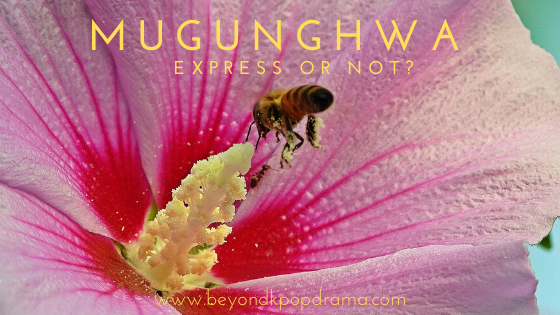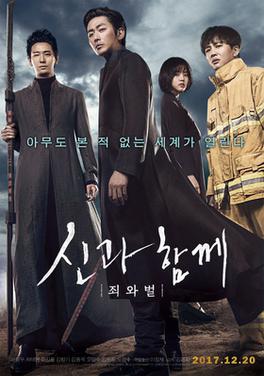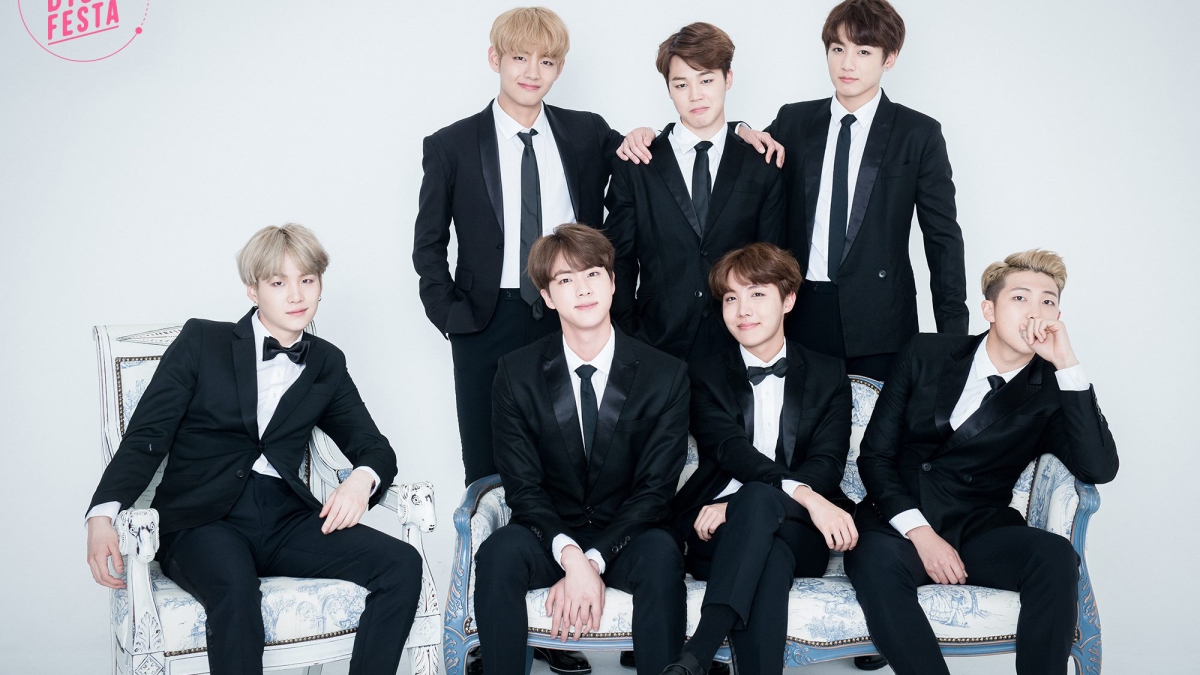MANILA – Giggling youths, wearing colorful outfits, doing selfies with finger hearts while queuing for concert tickets, blocked the way of people walking past the ticket booth. The line is particularly long raising the question of who are they queuing for. Approaching the end of the line, it’s revealed that it’s for tickets for the latest solo tour of a famous Korean idol – a product of Hallyu during its peak. It will be the idol’s 3rd show in the Philippines, and it seems that the crowd is still the same.
Looking Back
Before the turn of the 21st century, few considered this a fad that saw the increased awareness of the Korean culture. The Hallyu movement, which literally means “flow of Korea” started with the increased international recognition for K-dramas and K-pop. This “wave” commenced in Asia, spreading across the globe until the present, way longer than what can be considered a fad. In 2017, the Philippines is still a consumer of this cultural product, with the increased targeted marketing through social media and the internet.
Music and Performances
With the bustling economy, Korean musical performances have a steady following in the Philippines. A few Korean pop songs made it to the local airwaves, not to mention the proliferation of K-Pop albums available in the market. The digital music service, Spotify offers playlists created by users that contain the newest tracks of the hottest idols, with songs released in digital format the same time in South Korea. Filipino stans flock to the concerts of their favorite artists, spending thousands of pesos to see their beloved idols in the flesh. For some parents, K-Pop concert tickets can be a reward for their children after excellently performing in school. Pauline, a senior manager for a healthcare firm mentioned no regrets spending $500 for concert tickets as a reward for her daughter’s achievement in school earlier this year. “I understand her love for BTS and I know that the experience of seeing them live will be a memory she will treasure forever. With that thought, I am not batting an eyelash spending that amount” she added with a laugh. Concert tickets for Korean artists, regardless of the venue, can be very pricey with the breakdown almost similar to established Western artists. To illustrate, the upcoming Manila leg of G-Dragon’s (Bigbang) Act III Moment of Truth – The End World tour that sold VIP tickets for approximately $260 with the current inflation. Fans wait patiently to buy these tickets as they are more often than not, sold out a few hours they are released. Albeit not as hardcore as their Korean counterparts, fan clubs based in the Philippines are very active on social media platforms. Anyone can do a hashtag search for a fandom name and it will immediately list the groups supporting a particular group of idols. In these groups, you can find the latest pictures, memes and everything in between. Membership can go as high as 300,000 in Facebook alone for certain idol groups, with regular meetings and page updates.
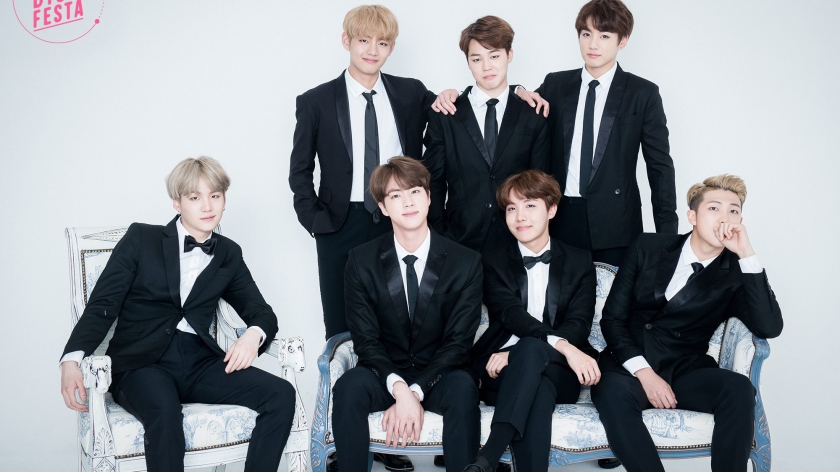
BTS
Movies and Dramas
Hashtag searches can also be done for K-dramas and movies. Before Hallyu reached the Philippine shores, television was ruled by the overly long local dramas and the imported, Tagalized Latino dramas. The successful Taiwanese series “Meteor Garden” was a breath of fresh air that paved the way for K-drama, the current representative of Asian series. Tagalog dubbed K-dramas started to become a primetime favorite. There’s even a locally produced series featuring Korean artists with Filipino actors showing in a major broadcasting station’s evening slots. Korean movies, praised for its storylines and cinematography are also becoming popular, much more than the previous years due to the Filipino public’s exposure to different actors and actresses. The attendance of the yearly Korean Film festival has increased steadily as the years go by. Movies like ‘Nabi’ and ‘Old Boy’ sparked curiosity for the Korean film industry. An avid follower of K-drama, Valerie. who works as a customer service representative said that for her, the charisma of K-dramas and movies boils down to two things: the so-called “eye candy” and the safe “kilig” element that can move the viewers’ heart without showing too much skin. This minimal “skinship” makes most K-dramas safe even for young people to watch. And with streaming services like Viu popping up here and there, the market for these media form is still something to watch out for.
Technology, Fashion, Health, and Beauty
The young Filipinos who are following the Hallyu trend contribute to the commercial values of many Korean brands. Korean brand phones are pretty popular for Android users, with some buyers researching phone models based on what they have seen elsewhere, either in a drama or an MV. The same logic applied for the budding popularity of Korean skincare, cosmetics, and fashion. An online seller, Kharen P., who sources her items from Seoul, mentioned a remarkable increase of orders for a certain skincare brand after it was endorsed by the popular actress Song Hye Kyo. Vloggers also add up to the hype making this more appealing to the people following the K-Beauty and Fashion wing of the Hallyu movement.
Tourism
This “cultural marketing” sparked by the entertainment industry, brought about a boom in tourism making South Korea the 20th most visited country in the world back in 2012. With the easier visa process, Filipino tourists flocked to South Korea to experience what they have seen in modern media. Some tourists even made K-drama sites as their sole itinerary for their trip to the Land of the Morning Calm. In 2016, Filipino tourists were ranked 9th in terms of visitors arriving in Korea based on nationality, just after Singapore and Malaysia. Jeju Tourism Office is even urging the Philippine tourism department to organize Jeju bound tour groups that will help increase the number of Filipino arrivals to this visa-free destination. This is an initiative to regain strength in tourism that is affected by foreign policies while riding the Hallyu wave.
Food
There is no need for a Filipino to travel far to experience Hansik as Korean restaurants are pretty common in the capital of the Philippines and most major cities. Cooking traditional Korean food can also be learned in classes offered by the cultural center or even through Youtube videos, while the ingredients are all available in the Korean grocery marts that are scattered in the city. Major supermarkets hold the basic ingredients and even packaged kimchi, allowing the regular Pinoy to experience Korean food at home, after the initial hesitation to do so.
Language
Although still far from neologism, along with “kimchi”, it’s now easy to hear snippets of Hangeul such as “annyeonghaseyo”, “kamsahamnida” etc. Watching movie and dramas as well as listening to Korean songs made the once touted as a difficult language interesting to learn and study. The Korean language classes offered by the cultural center are often fully booked with a long waiting list at any given semester. Language classes are also offered by private institutions running for profit. Like anything else, anyone can also learn through online classes or mobile apps that are available as long as there’s an internet connection.
Looking Forward
Once known as the Hermit Kingdom, Korea opened its doors to foreign culture and sent out its culture to the world. From Asia to Europe and eventually to the rest of the world, Hallyu have endured the “fad” phase and has proved its tenacity through heavy marketing and targeted consumerism. This phenomenon is definitely not dying but rather tapering to a slow but steady pace. One can say that the novelty of Hallyu has disappeared and it has started to receive negative response vis-à-vis the positive developments in some countries. Back in 2016, a reporter for Dong A Ilbo concluded that “if export of culture is unilateral, it cannot continue for a long time” and terms such as “cultural imperialism”, “cultural genocide”, “culture backlash” etc. are being opened to study the effects of the Hallyu wave. Experts fear that this could be a different form of the so-called “colonial mentality” that Filipinos dealt with for the longest time. Or maybe it’s just a part of the bigger developments to make the world a global family. The final results are not yet seen at this early stage.
Whatever it is, as long as there’s a consumer for this product, one can safely say that Hallyu is here to stay. Just like Western influences on culture, there will definitely be traces of the Korean culture in the world for the years to come.
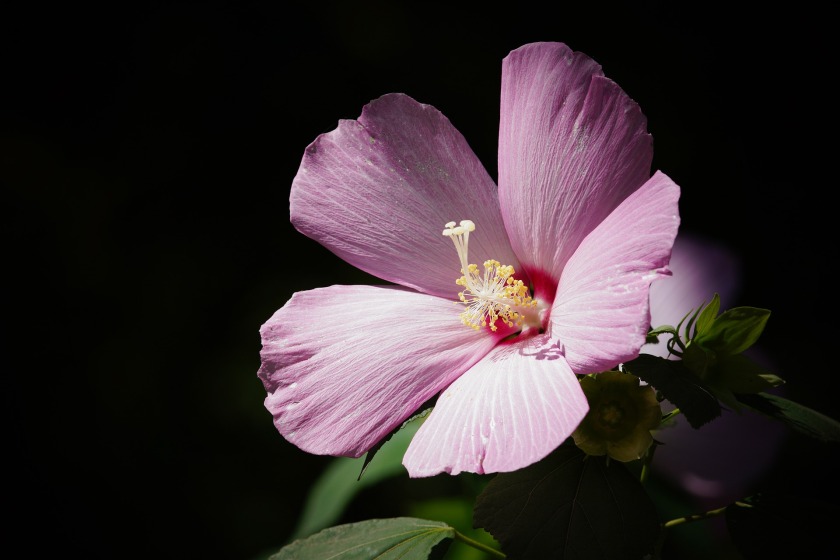 Image by Jaesung An from Pixabay
Image by Jaesung An from Pixabay
